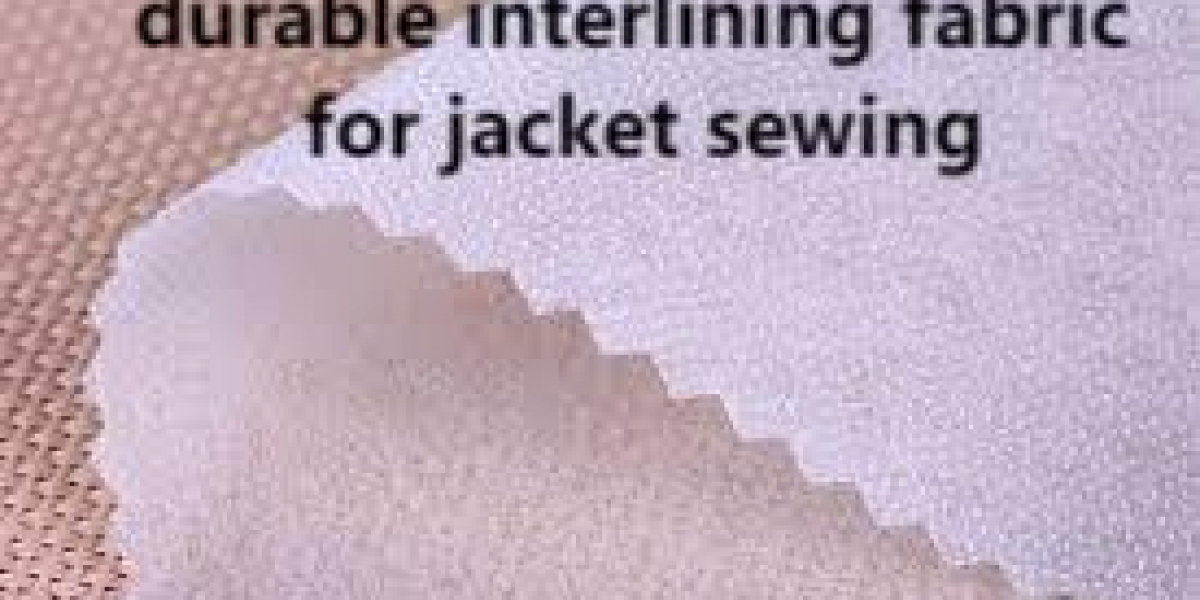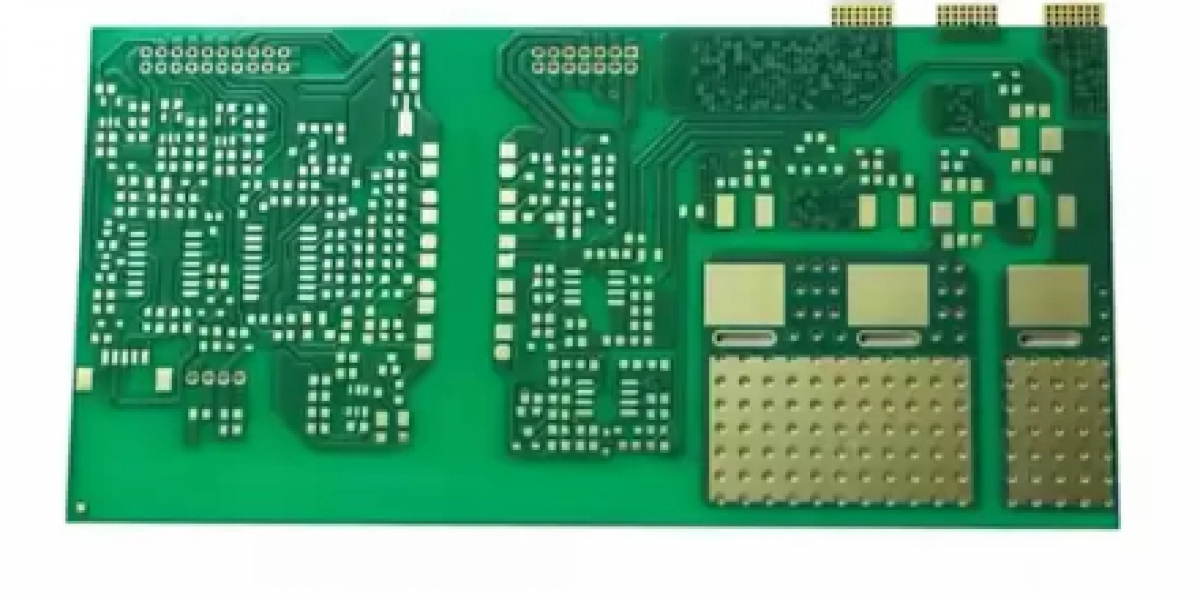In contemporary garment making the hidden layer that defines structure and comfort is often overlooked, yet Interlining can transform a simple fabric into a refined finished piece, and careful selection of Interlining early in development prevents costly rework while elevating fit, durability, and wearer satisfaction. Thoughtful application of these internal supports affects everything from collar roll to lapel crispness and from waistband stability to sleeve recovery.
Purpose and overview of supportive layers
Supportive layers exist to stabilize, shape, and protect a garment’s silhouette. They add body where needed without overwhelming the outer textile, help maintain design intent after laundering, and provide reinforcement at stress points. Choosing the right type involves balancing stiffness, hand feel, breathability, and manufacture method so that the final product meets both aesthetic and functional goals.
Material varieties and their characteristics
Manufacturers today select from woven, non-woven, knitted, fused, and sew-in varieties depending on the garment’s intended use. Woven supports give a natural hand and subtle drape ideal for tailored jackets. Non-woven options deliver uniform thickness and cost-effective handling for mass production. Knitted constructions add stretch and recovery for sportswear or relaxed garments. Each material family brings a distinct set of trade-offs affecting drape, resilience, and feel against the skin.
Application techniques and production impacts
How a support layer is attached changes both appearance and production speed. Heat-activated adhesives enable fast, consistent bonding suitable for automated lines but require exact temperature control to avoid fabric shine or puckering. Sew-in approaches preserve delicate surfaces and allow easier repair, though they demand more labor. Hybrid methods—combining partial bonding with strategic stitching—often achieve the best balance between finish and flexibility, especially for mixed-fabric constructions.
Designing for wearer comfort and mobility
Structural support should enhance, not restrict. Designers increasingly employ graded reinforcement: firm layers where definition is essential and soft, breathable layers in zones requiring movement. This targeted approach keeps garments comfortable through activity while preserving tailored elements. For outerwear, breathable supports minimize moisture trapping; for formal wear, carefully chosen core layers help garments hold shape without feeling rigid.
Durability, maintenance, and lifecycle performance
Durability depends on both material selection and bonding integrity. Tests for wash fastness, abrasion resistance, and dimensional stability reveal how a garment will perform across repeated use. Choosing supports that age gracefully and resist degradation reduces long-term replacement and returns. Maintenance recommendations—such as tumble-dry limits, pressing temperatures, and recommended detergents—help consumers preserve structure and appearance over time.
Sustainability, recyclability, and circular design
Environmental considerations influence selection today. Recycled fibers, water-based adhesives, and supports designed for disassembly contribute to circular apparel systems. Selecting materials compatible with recycling streams and minimizing chemical inputs aligns production with broader sustainability goals. Additionally, durable construction that lengthens garment life often results in lower overall environmental impact than frequent replacements.
Testing, standardization, and quality assurance
Robust QA protocols prevent costly production errors. Specification sheets should record exact process parameters—bonding temperature, dwell time, pressure—for repeatable outcomes. Incoming inspections for material thickness, tensile strength, and adhesive quality reduce variability. Establishing a database of successful fabric-support combinations streamlines development and ensures consistent performance across production batches.
Collaborative workflows and prototyping best practices
Early-stage collaboration between designers, pattern makers, and production engineers reduces surprises. Full-scale prototypes reveal interactions that swatches cannot. Simulated wear and laundering tests replicate real-world use and catch potential failures before mass production. Collecting feedback from wear trials informs iterative improvements and ensures the final garment meets user expectations.
Emerging technologies and future directions
Innovations such as adaptive supports with variable stiffness, moisture-managing cores, and bio-based adhesives are expanding possibilities. Digital cutting and automated placement increase precision while reducing waste. As customization grows, materials that allow on-demand stiffness or softness could enable tailored fit without sacrificing production efficiency.
Integrating internal supports with intention elevates garment quality in visible and tactile ways. When material choice, attachment method, and testing protocols are aligned with design objectives, garments look better, wear longer, and feel more comfortable. These internal decisions make a measurable difference in consumer satisfaction and product longevity. For further technical details and resources consult https://www.interlining-factory.com/news/what-is-interlining-types-applications-and-more.html














